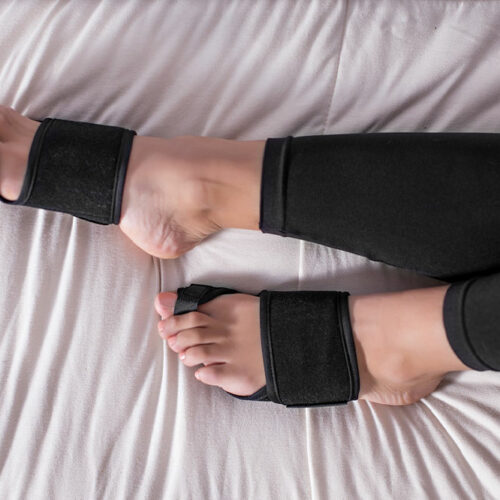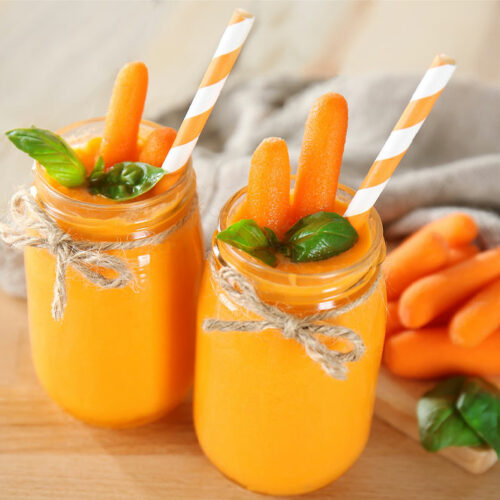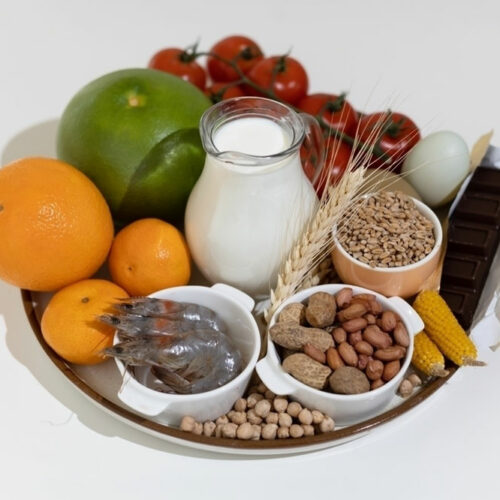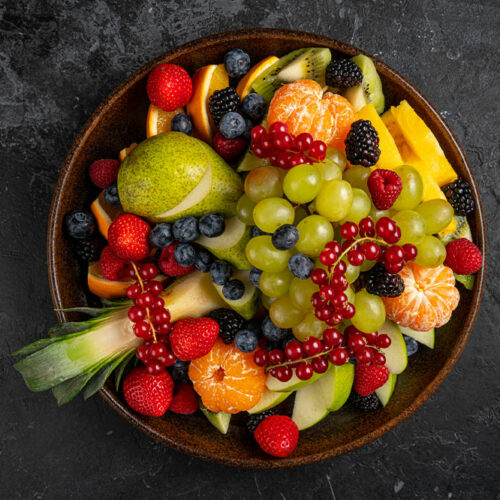6 foods that help relieve bunions
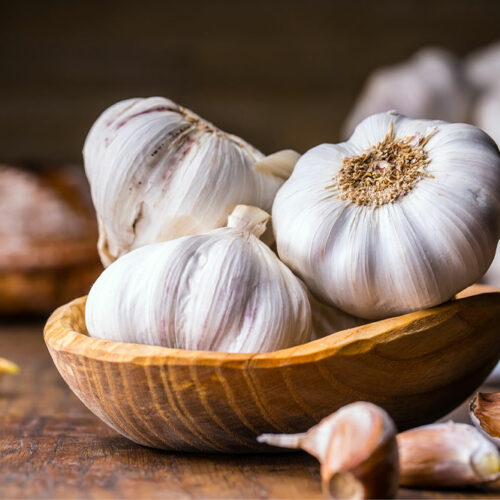
A bunion is a bony bump at the intersection of the big toe and the foot. It usually develops when constant pressure is applied to the big toe, causing it to push against the second toe. Individuals with bunions experience intermittent pain in the affected area and restricted mobility of the big toe. Besides seeking treatment and practicing natural remedies, adding certain foods to the meal plan can help control bunion symptoms better. Garlic Garlic contains high levels of diallyl disulfide, an anti-inflammatory compound that helps alleviate the symptoms of joint and muscle inflammation. Using up to two cloves of garlic in meals every day may be highly beneficial in controlling bunion symptoms.
